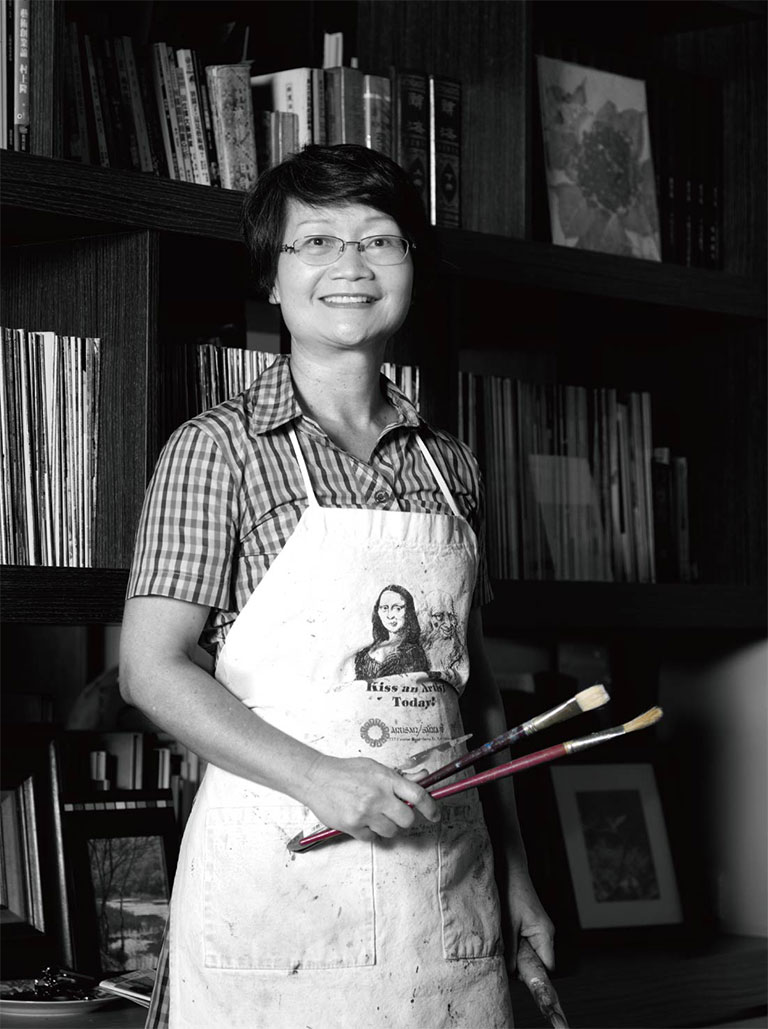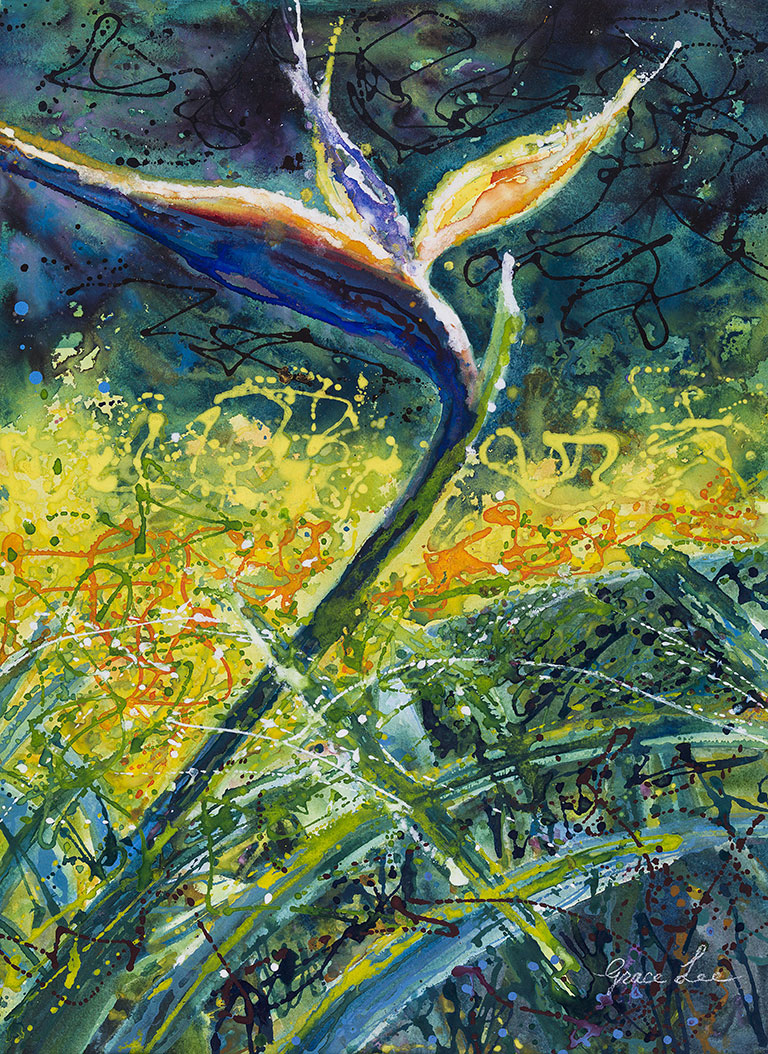
LINE。DARE TO LINE

◎ Duration:2013.10.12 ~ 10.17
Location:THE-CHUN ART GALLERY DEPARTMENT OF FINE ARTS NATIONAL TAIWAN NORMAL UNIVERSITY
Address:No. 1, Shida Rd., Da’an Dist., Taipei City 106, Taiwan (R.O.C.)
Opening hours:Tuesday to Sunday 09:00 ~ 17:00


An artistic Originality: the Subtle Gaze into the Light-and-shadow of the Scenes
In 1995 when I was 42 years old, I moved to the sunny Southern California because of some health problem. One day, I received a program about adult education from Pasadena Community College and I saw that they offered a course “Life Drawing.” I thought that it was about still life drawing, so I registered for the class and paid the fee right away, hoping to learn some basic painting techniques. When the class began, the teacher gestured a female model to walk into the classroom and asked us to draw her. Suddenly, I saw her taking off clothes. What happened? It was so shocking. I did not even know where to look at. It turned out that “life drawing” was about human figure drawing! It was a lucky accident for me to walk into the world of painting!
Not only the year of 2006 did I start to liberate myself from the pre-existing conventions and to freely express myself. I have gradually found the main concept of my artistic practice – “lines.” In addition to the exploration of related materials and tools, I also focus on several concepts as mentioned below:
I. Techniques:
1. Watercolor paint: In order to highlight the strength, speed, direction, equaled width and other qualities of watercolor paint, I use needle tubes to paint. Since watercolor paint is easy to be mixed and dried while it also has high fluidity, I usually put the frequently-used colors in several jars, and use needle tubes to pump in, mixing the colors in the needle tubes. Then I use needle tube as brushes to paint on paper. Sometimes the paint is splashed on paper as if it were out of control, while sometimes the undried lines are added with different colors as if I were mixing colors on paper. These techniques indeed help create totally different strokes from using brushes.
2. Pastel paint: With its low transparency and fluidity, pastel paint is a wonderful material for drawing. I take advantage of its unique quality and different strokes in my still life drawing.
3. Oil paint: Oil paint is thicker and stickier. It is quite impossible to find a proper tool to smoothly paint the handwriting-like silky lines. Therefore, I mix paint thinner and oil paint in proper proportion, using needle tube to randomly squeeze the long lines. Such a method visualizes the realistic subjects in a more fluent and natural way. Sometimes I use less paint thinner to mix, creating a stronger three-dimensional quality. Before the lines are completely dried, I slide the palette on the lines horizontally to create smooth lines with equal thickness.
II. Lines: the Vocabulary of Tools/the Linear Texture
1. To master the linear essence of tools: Sometimes the painting material will create a totally opposite effect against its essence. Therefore, the first thing I do is always to understand the quality and the limitation of materials, regarding tools, techniques, and the lines as a whole. My exploration bases on my life experiences such as the ink-related ones (including marker, sign pen, fountain pen, and etc.), oil-related or powder-like ones such as charcoal, and crayons of various colors.
A new line-painting tool can help painters to challenge their old habit while it also forces them to use their hands in a different way. In other words, compared with the familiar and predictable tool one used to use, a new line-painting tool might come up with a different way to visualize the ideal painting.
2. The controlled lines and the out-of-control lines: I always adopt lines to demonstrate various new concepts. One might say that lines have always been the main concept of my artistic practice. The “lines” in my works can be generally divided as the controlled lines and the out-of-control lines. Similar to our lives, some things in our life can be planned in advance while some things are not anticipated. For me, being out-of-control signifies a wonderful accident in aesthetics. The freely roaming lines in the image evoke human beings’ primitive secret power and remind us of the happy drawing in our childhood. However, the essence of lines is infinite and experimental. Lines can be contoured, organic, geometric, architectural, lyrical, conditioned, aggressive, handwriting, and etc. Sometimes they move rapidly while sometimes they proceed slowly. Sometimes they are delicately splendid while sometimes they are violently rustic. The controlled lines and the out-of-control lines are intertwined, perfectly creating a harmonious but yet vivid spirit in the image. Lines are the most basic unit to represent a space, to form an idea, or to create a concept. It is the most economical index. In painting, lines function as deconstructive analysis while it also demonstrates the integral meaning human minds fail to reach. Ideally, a single line can transform the three-dimensional space into a two-dimensional image. Between the media’s surface and the image exist all the possible special relationships, including the transformation between the abstract thoughts and the visual forms.
III. Theme: the Scenes in Backlight
I had been stuck in an office for a long period of time. Every day, I looked out from the window to see the sunrise and the sunset. From dawn to dusk, I could not help wondering how wonderful it might be to keep the outdoor scene inside the room. Sunlight always fascinates me. I have a deep feeling for those scenes in backlight. I used to see the most beautiful scene in my dream – the blue ocean and the inexplicably beautiful red light. Sunlight penetrates the window and offers the most amazing colors to the scenes. The still life in backlight and the shadow on the table become the reoccurring theme in my paintings.
